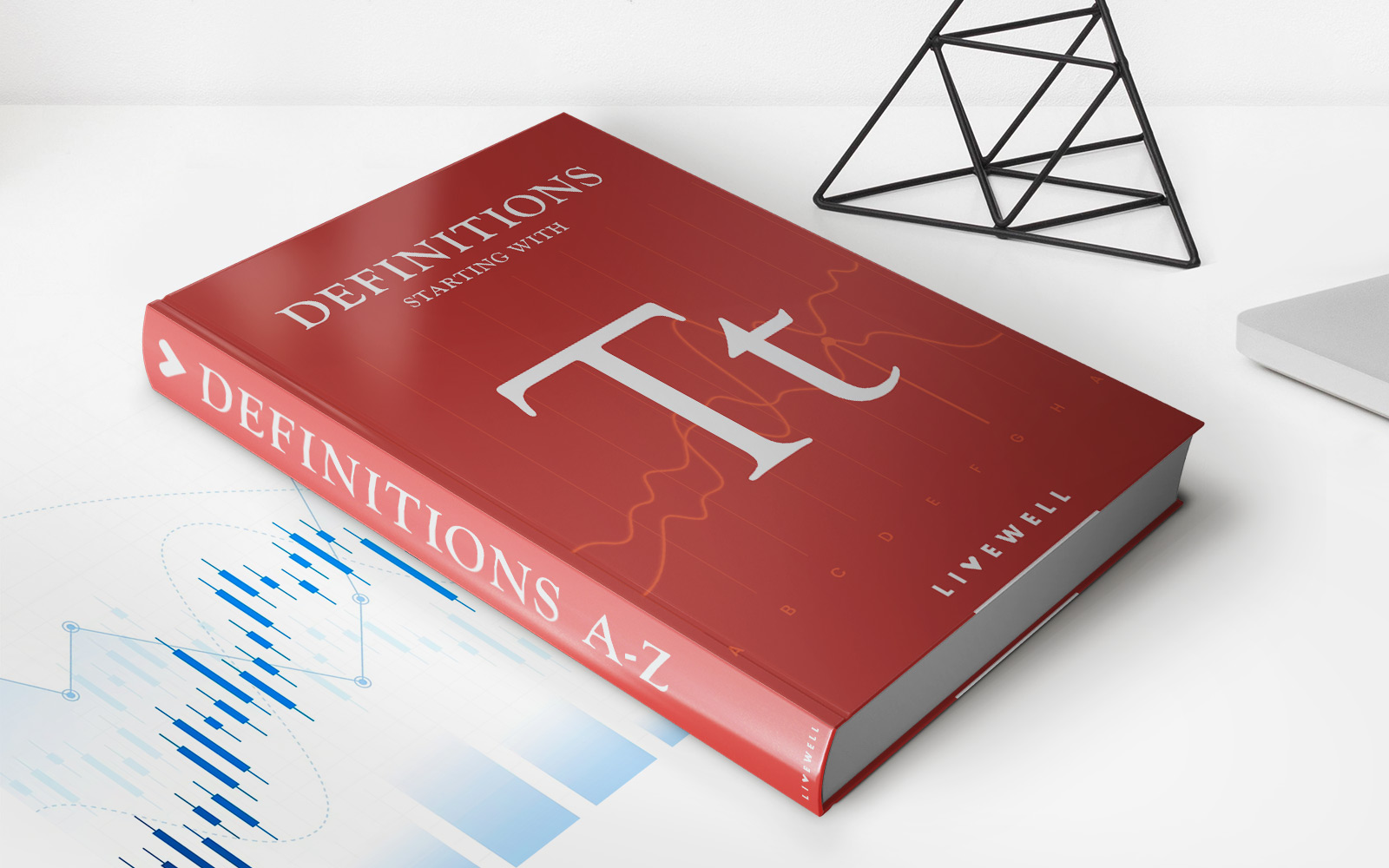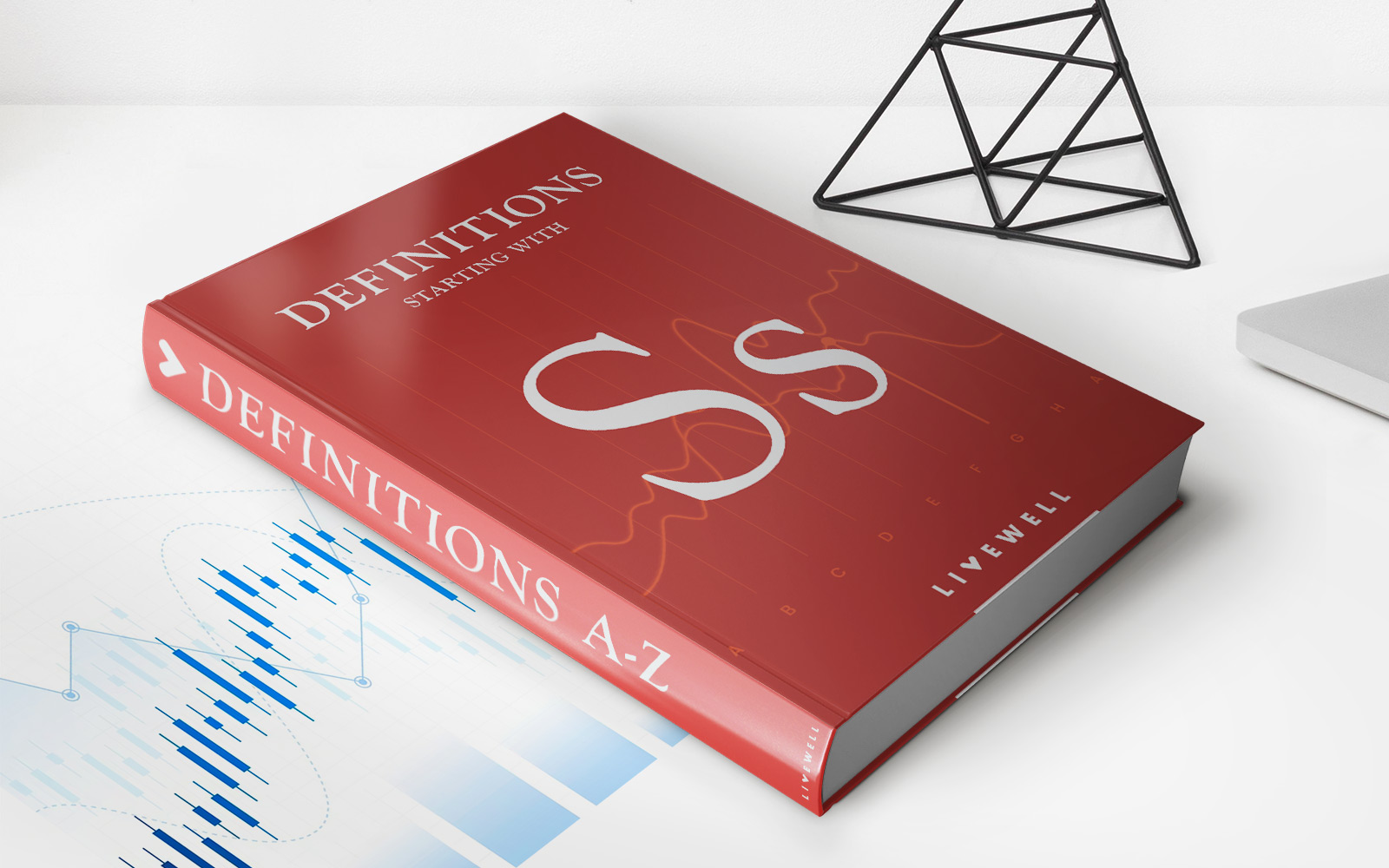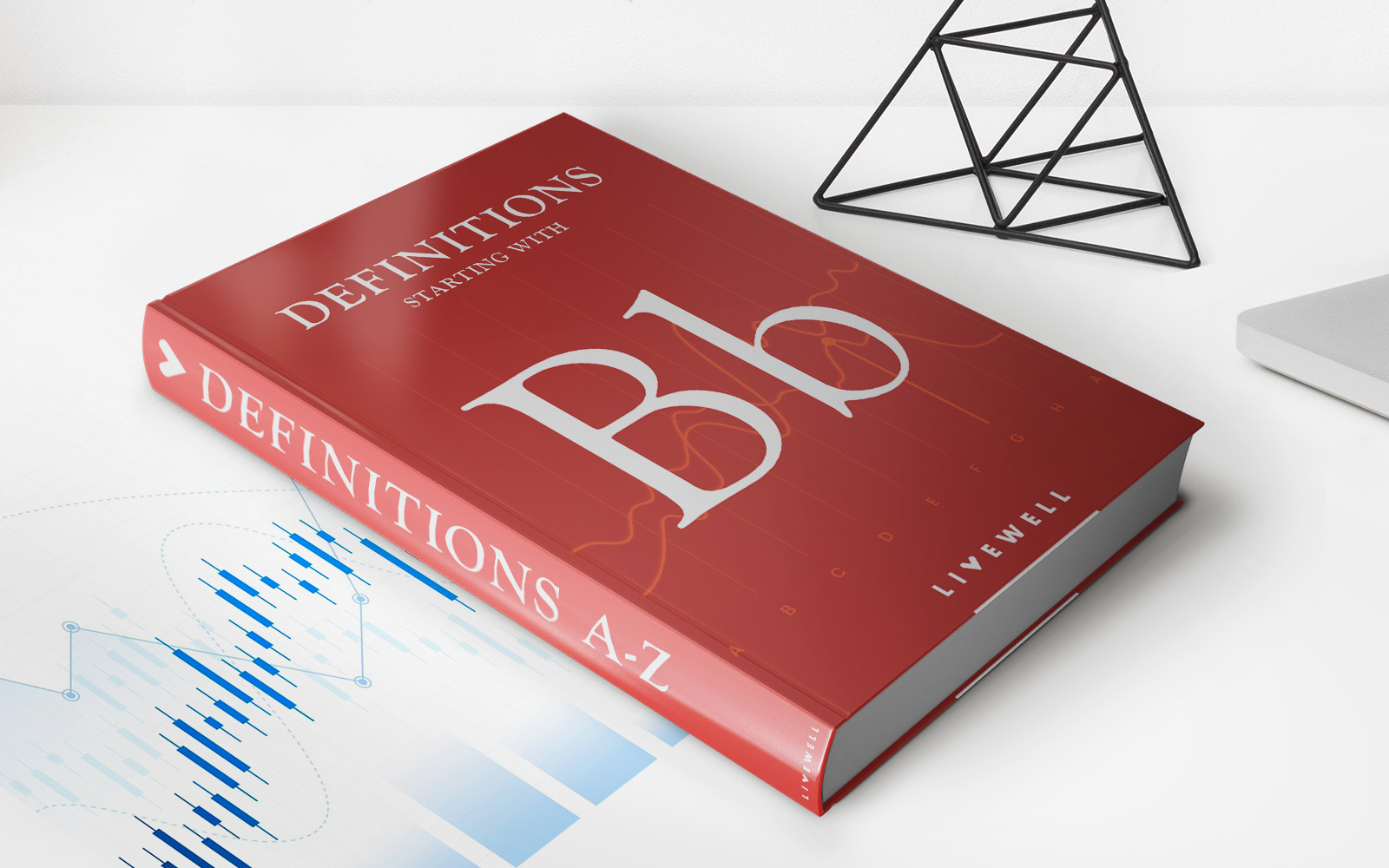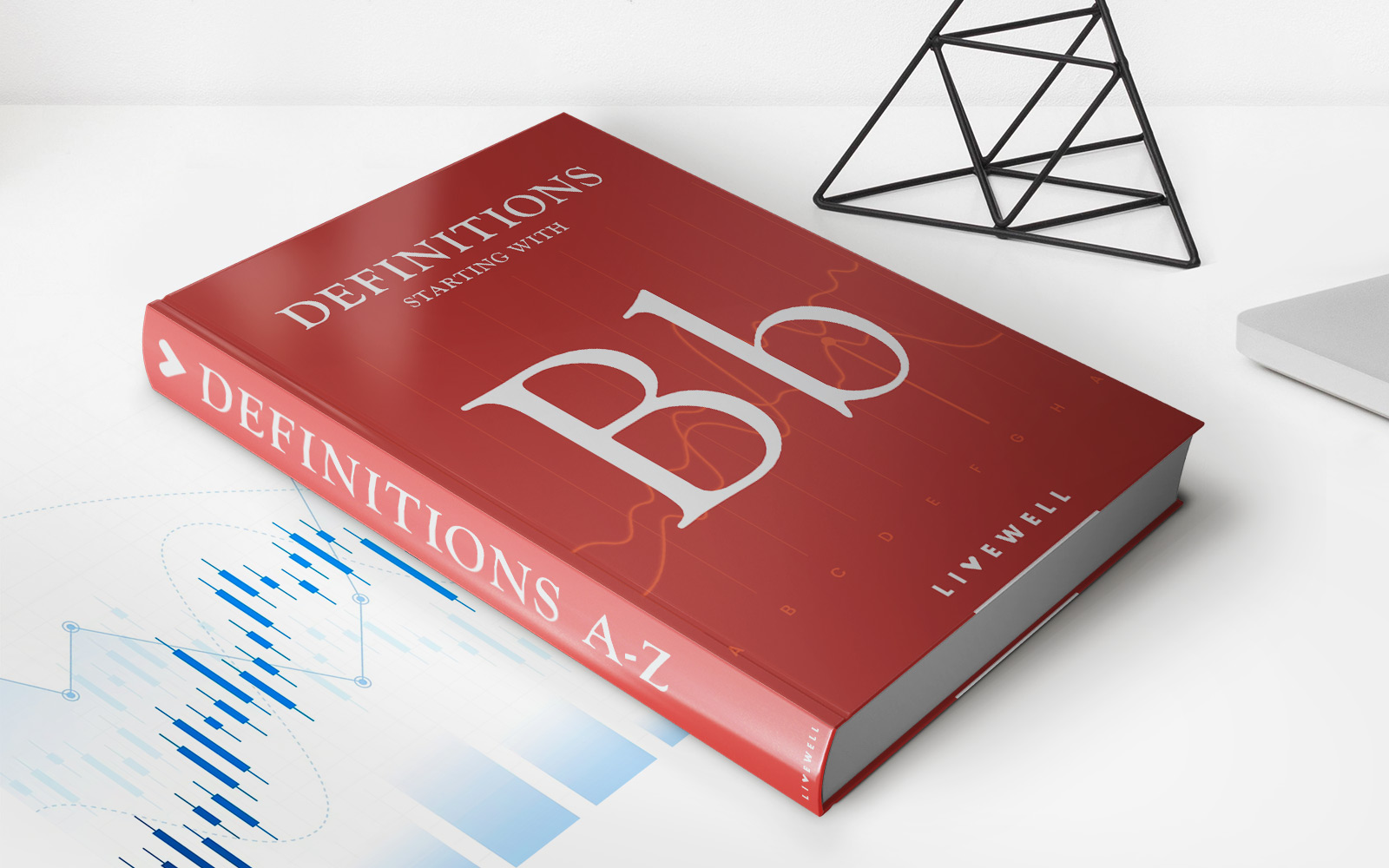

Finance
What Is Supplies In Accounting
Published: October 12, 2023
Learn about supplies in accounting and how they impact the financial statements. Understand the importance of managing finance and controlling expenses through effective supply management.
(Many of the links in this article redirect to a specific reviewed product. Your purchase of these products through affiliate links helps to generate commission for LiveWell, at no extra cost. Learn more)
Table of Contents
- Introduction
- Definition of Supplies in Accounting
- Importance of Tracking Supplies in Accounting
- Recording Supplies Transactions
- Monitoring and Controlling Supplies Inventory
- Valuation of Supplies in Accounting
- Cost of Goods Sold Calculation for Supplies
- Effects of Supplies Consumption on Financial Statements
- Conclusion
Introduction
In the realm of finance and accounting, tracking and managing supplies is an essential task that plays a crucial role in the overall financial well-being of a business. Supplies refer to the materials, goods, or inventory that a company utilizes in its day-to-day operations. These can include office supplies, raw materials, maintenance tools, or any other items necessary to keep the business running smoothly.
Properly managing supplies is vital for several reasons. First and foremost, it ensures that the company has an adequate stock of necessary items to fulfill its operational requirements. Whether it’s paper and pens for administrative tasks or raw materials for manufacturing processes, having a sufficient supply of these resources is essential to maintain consistent workflow and uninterrupted operations.
Additionally, tracking supplies helps in financial planning and budgeting. By accurately recording and monitoring the costs associated with supplies, businesses can better estimate their future expenditure and make informed decisions regarding resource allocation. Moreover, effective supply management can help identify any excessive or unnecessary spending, allowing businesses to optimize their procurement processes and reduce costs.
In this article, we will delve deeper into the concept of supplies in accounting, exploring the importance of tracking supplies, the methods of recording supplies transactions, and the impact of supplies consumption on financial statements. We will also discuss the valuation of supplies and its effects on Cost of Goods Sold calculation. By the end, you’ll have a comprehensive understanding of the role supplies play in the financial ecosystem of a company.
Definition of Supplies in Accounting
In accounting, supplies refer to the tangible assets that a company uses in its normal operations but are not intended for resale. These assets are necessary for the day-to-day functioning of the business and can include items such as office supplies, stationery, cleaning supplies, tools, and raw materials.
Supplies are categorized as current assets on the company’s balance sheet since they are expected to be consumed or used within a short period, usually less than a year. They are recorded at their original cost, which includes the purchase price plus any additional costs incurred to bring the supplies to the business premises, such as shipping or handling fees.
It is important to note that supplies differ from inventory. While both supplies and inventory are tangible assets, inventory is classified as goods that a company purchases or produces for the purpose of sale or manufacturing. On the other hand, supplies are consumed during the normal course of business operations and are not intended for resale.
Accurate tracking and recording of supplies in accounting is essential to maintain proper financial records and ensure the integrity of the company’s financial statements. This helps in establishing a clear picture of the company’s assets, liabilities, and overall financial health.
Additionally, supplies in accounting play a crucial role in determining the cost of goods sold (COGS) and calculating the profitability of the company. By accurately recording the usage and depletion of supplies, businesses can ensure that the costs associated with supplies are properly allocated to the relevant accounting periods and reflected accurately in the financial statements.
Now that we have defined supplies in accounting, let’s delve deeper into the importance of tracking supplies and how it impacts the financial management of a business.
Importance of Tracking Supplies in Accounting
The proper tracking and management of supplies in accounting are crucial for several reasons.
First and foremost, tracking supplies allows businesses to maintain an adequate stock of necessary items. By accurately monitoring the usage and depletion of supplies, companies can ensure that they have enough inventory to meet their operational needs. This is particularly important for businesses that rely on a continuous supply of materials or goods to operate efficiently. For example, a manufacturing company needs to have sufficient raw materials on hand to keep its production line running smoothly.
Accurate tracking of supplies also plays a significant role in financial planning and budgeting. By keeping a record of the cost of supplies, businesses can better estimate the future expenditure required to maintain their inventory levels. This allows for more accurate forecasting and budget allocation, ensuring that the company has the necessary resources to operate effectively without overspending or encountering shortages.
Moreover, effective supply tracking helps businesses identify any excessive or unnecessary spending. By regularly reviewing supply usage and costs, companies can pinpoint areas where they may be overspending or where there are opportunities to optimize procurement processes. This can result in significant cost savings and improved operational efficiency.
Tracking supplies also helps in maintaining accurate financial records and ensuring compliance with accounting standards. By properly recording supplies transactions, businesses can provide transparency and accountability in their financial reporting. This is essential for accurate valuation of assets, liabilities, and expenses, as well as for preparing financial statements that reflect the true financial position of the company.
Furthermore, tracking supplies in accounting has a direct impact on the calculation of the Cost of Goods Sold (COGS). COGS is an important measure of a company’s profitability, representing the direct costs associated with producing or manufacturing goods. Properly tracking and allocating the costs of supplies used in production or manufacturing processes ensures that the COGS is accurately calculated and reflects the true cost of goods sold.
Overall, tracking supplies in accounting is essential for maintaining operational efficiency, effective financial planning, and accurate financial reporting. It allows businesses to optimize their procurement processes, control costs, and ensure that they have the necessary resources to support their day-to-day operations. By implementing robust supply tracking systems and processes, businesses can enhance their financial management practices and improve their overall performance.
Recording Supplies Transactions
Recording supplies transactions accurately is essential for maintaining proper financial records and ensuring the integrity of a company’s accounting system. This enables businesses to track their supply usage, monitor costs, and have a clear understanding of their inventory levels. Here are the key steps involved in recording supplies transactions:
- Purchase of Supplies: The first step is to record the purchase of supplies. Whenever supplies are acquired, whether through direct purchase from vendors or transfers from inventory, a purchase transaction needs to be documented. The purchase should include details such as the supplier’s name, date of the transaction, description and quantity of supplies purchased, and the total cost.
- Creation of a Supplies Account: A dedicated supplies account should be created in the company’s chart of accounts. This account will be used to track the monetary value of the supplies on hand.
- Recording the Purchase Transaction: The purchase transaction is recorded by debiting the supplies account and crediting the accounts payable or cash account, depending on whether the supplies were purchased on credit or paid for immediately.
- Usage of Supplies: As supplies are consumed or used in the normal course of business operations, it is important to record the depletion of these items. This can be done through itemizing each instance of supplies usage or by recording periodic adjustments for supplies consumed over a specific period of time.
- Recording the Usage Transaction: The usage of supplies is recorded by debiting the supplies expense account and crediting the supplies account. This reflects the decrease in the value and quantity of supplies on hand and represents the expense incurred for their usage.
- Periodic Inventory Count: Regularly conducting physical inventory counts helps ensure the accuracy of supplies recorded in the accounting system. The results of the inventory count can be used to adjust the supplies account accordingly, reflecting any discrepancies between the recorded quantity and the actual quantity on hand.
By following these steps, businesses can maintain accurate records of their supplies transactions, keep track of their inventory levels, and correctly report the costs associated with supplies usage. This allows for better financial decision-making, cost control, and compliance with accounting standards.
Monitoring and Controlling Supplies Inventory
Effective monitoring and controlling of supplies inventory is essential for maintaining optimal inventory levels, preventing stockouts or excesses, and ensuring efficient operations. Here are some key practices to consider:
- Establishing Inventory Management System: Implementing a robust inventory management system is crucial for keeping track of supplies inventory. This system can include inventory software or a manual tracking system, depending on the size and complexity of the business. The system should track stock levels, reorder points, lead times, and other relevant data.
- Setting Reorder Points: Determine the minimum quantity of supplies that triggers the need for reordering. This helps avoid stockouts while ensuring that excess inventory is not accumulated. Reorder points can be based on historical usage patterns, lead times, and demand fluctuations.
- Regular Inventory Reconciliation: Conduct regular inventory reconciliation to ensure the accuracy of recorded inventory levels. This involves physically counting the supplies on hand and comparing the count to the recorded quantity in the inventory management system. Any discrepancies should be investigated and resolved promptly.
- Implementing Inventory Control Measures: Implementing inventory control measures helps prevent theft, loss, or unauthorized usage of supplies. This can include secure storage areas, restricted access, and proper documentation for supplies issuance or usage. Regular audits can also be conducted to ensure compliance with inventory control policies.
- Monitoring Usage and Consumption: Keep a close eye on the usage and consumption patterns of supplies. This helps identify any changes or anomalies that may require adjustment in reorder points or usage policies. Monitoring usage also aids in identifying opportunities to streamline processes and reduce waste.
- Supplier Relationship Management: Establish and maintain good relationships with suppliers. Regularly review supplier performance and evaluate their ability to meet quality standards, delivery timelines, and pricing. Having efficient and reliable suppliers ensures a smooth supply chain and reduces the risk of disruptions due to supplier issues.
By implementing effective monitoring and control practices, businesses can optimize their supplies inventory, reduce carrying costs, minimize stockouts, and ensure that the necessary supplies are always available when needed. This leads to improved operational efficiency, cost savings, and increased customer satisfaction.
Valuation of Supplies in Accounting
The valuation of supplies in accounting is an important aspect of maintaining accurate financial records and determining the true value of a company’s assets. Proper valuation ensures that the supplies inventory is appropriately reflected in the balance sheet and financial statements. There are two common methods used for valuing supplies:
- First-In, First-Out (FIFO) Method: Under the FIFO method, it is assumed that the supplies that were purchased or produced first are the ones that are used or consumed first. This means that the cost of supplies on hand is based on the most recent purchases or production. The cost of supplies consumed is determined by multiplying the quantity used by the cost per unit of the most recent purchases or production. The supplies inventory value is calculated by multiplying the remaining quantity on hand by the cost per unit of the oldest purchases or production.
- Last-In, First-Out (LIFO) Method: The LIFO method assumes that the supplies that were purchased or produced last are the ones that are used or consumed first. This means that the cost of supplies on hand is based on the oldest purchases or production. The cost of supplies consumed is determined by multiplying the quantity used by the cost per unit of the oldest purchases or production. The supplies inventory value is calculated by multiplying the remaining quantity on hand by the cost per unit of the most recent purchases or production.
It is important to note that the choice of valuation method can have an impact on the financial statements and profitability calculations. The FIFO method tends to result in a higher value for supplies inventory and lower cost of goods sold (COGS), which can lead to higher reported profits. On the other hand, the LIFO method typically results in a lower value for supplies inventory and higher COGS, which can result in lower reported profits.
The choice of valuation method should be based on various factors, including industry norms, tax regulations, and the specific circumstances of the business. Companies should carefully consider the implications of each method and select the one that best aligns with their financial reporting objectives.
In addition to choosing a valuation method, periodic adjustments should be made to ensure that the recorded value of supplies reflects their current market value. This is particularly important for supplies that are subject to significant price fluctuations or have a limited shelf life. These adjustments help provide a more accurate representation of the actual value of supplies in the balance sheet.
By appropriately valuing supplies, businesses can ensure the accuracy of their financial statements, make informed decisions based on their inventory levels, and comply with accounting standards and regulations.
Cost of Goods Sold Calculation for Supplies
The calculation of the Cost of Goods Sold (COGS) for supplies is crucial for determining the cost associated with the supplies consumed or used in the production or manufacturing process. The COGS calculation allows businesses to accurately measure their profitability and determine the actual expense incurred in generating revenue. Here’s how the COGS for supplies is calculated:
- Recording Purchases: All purchases of supplies should be recorded, including the quantity purchased and the cost per unit. These records should also include any additional costs incurred, such as shipping or handling fees, to bring the supplies to the business premises.
- Initial Supplies Inventory: The value of supplies on hand at the beginning of the accounting period is considered the initial supplies inventory. This value is typically determined by the previous period’s closing balance or the cost paid for those supplies.
- Cost of Supplies Purchased: The total cost of supplies purchased during the accounting period is calculated by summing up the cost of each individual purchase. This includes both direct costs, such as the purchase price, as well as any additional costs associated with acquiring the supplies.
- Total Cost of Supplies Available: The total cost of supplies available for use is determined by adding the initial supplies inventory to the cost of supplies purchased during the accounting period.
- Ending Supplies Inventory: The value of supplies remaining on hand at the end of the accounting period is considered the ending supplies inventory. This value is typically determined by conducting a physical inventory count and multiplying the count by the average cost per unit of the supplies.
- Cost of Goods Sold: The COGS for supplies is calculated by subtracting the ending supplies inventory from the total cost of supplies available. This represents the cost of supplies that were consumed or used during the accounting period to generate revenue.
It’s important to note that the COGS calculation for supplies may be influenced by the valuation method used, such as FIFO or LIFO. The choice of valuation method can impact the cost per unit and, consequently, the COGS calculation.
Accurately calculating the COGS for supplies allows businesses to determine the true cost associated with producing or manufacturing their goods or services. This information is vital for making informed pricing decisions, evaluating profitability, and assessing the overall financial performance of the company.
Effects of Supplies Consumption on Financial Statements
The consumption of supplies has significant effects on a company’s financial statements. It impacts the balance sheet, income statement, and statement of cash flows, providing insights into the company’s financial position, profitability, and operating activities. Here are the key effects of supplies consumption on the financial statements:
- Balance Sheet: Supplies consumption affects the balance sheet by reducing the value of supplies inventory. As supplies are consumed, the supplies inventory account is decreased, leading to a decrease in the total assets of the company. This reduction in supplies inventory can be seen under the current assets section of the balance sheet.
- Income Statement: The consumption of supplies impacts the income statement, specifically through its effect on the cost of goods sold (COGS) and operating expenses. The cost of supplies consumed is included in the COGS section, representing the direct costs associated with producing or manufacturing goods. As supplies are consumed, the COGS increases, reducing the gross profit and ultimately affecting the net profit or loss of the company. Additionally, any supplies-related operating expenses, such as maintenance or repair costs, are also reflected in the operating expenses section of the income statement.
- Statement of Cash Flows: Supplies consumption affects the statement of cash flows indirectly. It impacts the cash flow from operating activities due to the increase in the COGS, which is deducted from the revenue to calculate the operating cash flow. Additionally, any cash outflows related to the purchase of supplies can be seen in the cash flow from investing activities or the cash flow from financing activities, depending on the nature of the purchase (e.g., whether it involves capital expenditures or financing activities).
The effects of supplies consumption on the financial statements provide valuable insights into a company’s operations and financial performance. They help stakeholders understand the impact of supplies usage on revenue generation, profitability, and the overall cash flow position of the company. By analyzing the financial statements, investors, creditors, and management can make informed decisions regarding resource allocation, cost control measures, and profitability improvement strategies.
It is important for businesses to accurately record and track supplies consumption to ensure the integrity of their financial statements and comply with accounting standards. This includes properly allocating the cost of supplies consumed to the relevant accounting periods to reflect the true financial impact of supplies usage.
Conclusion
The proper tracking, management, and accounting of supplies play a vital role in the financial well-being of a business. Supplies are essential assets used in day-to-day operations, and accurately recording their transactions and valuing their consumption are crucial for maintaining accurate financial records and making informed decisions.
By monitoring and controlling supplies inventory, businesses can optimize their stock levels, prevent shortages or excesses, and improve operational efficiency. This ensures that the company has the necessary resources to meet its operational needs while minimizing costs and waste.
The valuation of supplies, whether under the FIFO or LIFO method, allows for accurate reporting of costs and assists in determining the true financial position of the company. This information is relevant not only for financial reporting purposes but also for strategic decision-making, pricing strategies, and evaluating profitability.
The consumption of supplies has direct effects on the financial statements, such as reducing supplies inventory, impacting the cost of goods sold, and influencing the company’s profitability and cash flow position. These effects provide insights into a company’s operations and financial performance and allow stakeholders to make informed decisions based on accurate and transparent financial information.
In conclusion, effectively managing and accounting for supplies is essential for maintaining operational efficiency, controlling costs, and ensuring accurate financial reporting. By implementing robust systems and practices for tracking supplies, businesses can optimize their inventory levels, enhance their financial management, and contribute to their overall success.














